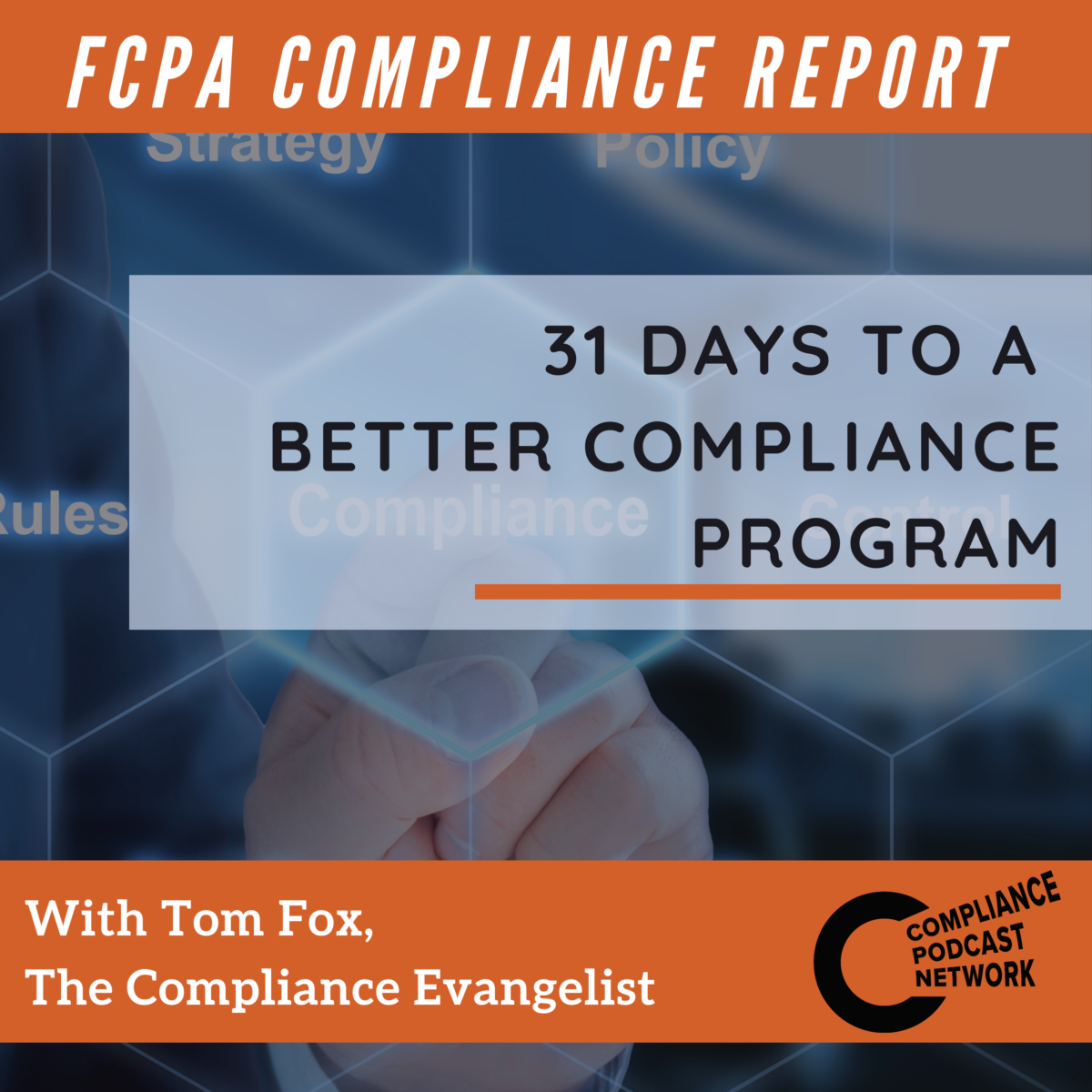Such small gestures can make a difference. I recently read a biography of Dale Carnegie by Steven Watts, entitled “Self-Help Messiah: Dale Carnegie and Success in Modern America”, penned by Ian Frazier. Carnegie is of course well known for his seminal work “How to Win Friends and Influence People” first published in 1936. I was somewhat surprised to learn that the text was largely drawn up as transcripts to lectures Carnegie was giving in New York City in the mid-1903s. Carnegie’s main thesis was to provide concrete steps on how ordinary people could help master the art of persuasion. While it has been some time since I read this book, what I recall is that to influence people, one has to listen to them. For me, the book was about how to become a better listener.
I cannot say enough about this skill for a CCO. If you hear any long-term CCO speak about their job, they will tell you it is largely about listening to people; whether those people are employees, senior management or the Chief Executive Officer (CEO) and Board members. By listening to others you not only hear, and hopefully will come to understand their concerns, but you allow them to come to decisions themselves and you are not in the position of telling them what to do. It is a skill that has served many CCOs very well for many years.
Three key takeaways:
- A little can mean a lot.
- One of the primary keys to influencing people is to listen to them.
- A CCO can enhance their communications by using the six principals of persuasion.



